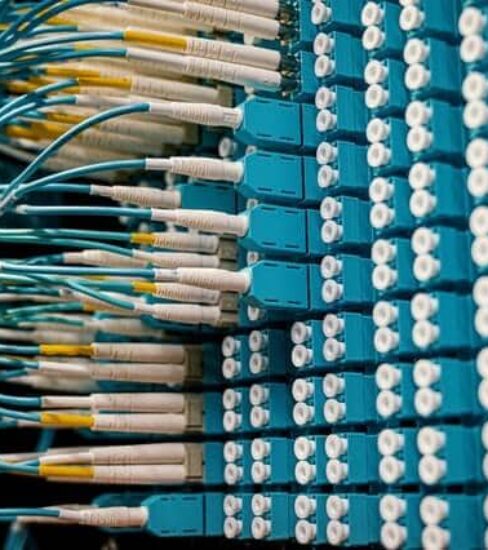What Is a Legacy IT System?
"A system that is based on outdated technologies, but is critical to day-to-day operations." - Gartner glossary.
Over time, legacy systems often become obsolete as the economy transforms, driving change in regulation, market conditions, and management. Although some applications may continue to perform their tasks reasonably well, others may hunker along and bring down the organization's productivity.
Legacy applications Modernization has several measurable benefits:
- Helps reduce operational costs and enhances productivity and efficiency
- Improves customer satisfaction and increases sales and profitability
- Makes integrations with third-party applications easier with standardized APIs
- Better performance and reduced risks of security threats
- Access to user-friendly mobile applications anywhere, anytime.
All Signs Are There – How To Tell When Your legacy IT System is a Burden Rather Than an asset?
Functionality gaps
The functions your company needs to perform to meet market standards have changed over the years. Legacy systems may not accommodate new or altered functions related to the changes in your business strategy. If Your legacy software is no longer fit for purpose and sets you back from gaining higher productivity and end-to-end process visibility, changes will have to follow.
Performance
Downtime can and does happen, but outages and other issues often become more frequent with legacy software.
If disturbances and outages are frequent in your organization and are often unexpected and unplanned, this is a major red flag that signs that it's time to start thinking about other options. You run vast risks of losing clients: they will immediately shift to competitors if they find your services inaccessible.
Security
inherently based on older technology, Legacy systems present a security risk because they are often not supported by the company that created them. Lacking maintenance, updates, and patches needed to secure them against new security vulnerabilities and threats. If you can't recall when your system was updated, add another checkmark to the list.
Support
Once a legacy system's manufacturer goes out of business, it's only a matter of time before support and software updates cease. If your System hasn't been updated or serviced lately, it may be time for a change.
Legacy software is often no longer supported by the developer or vendor. Support may not seem that important until you need it. Software developers typically issue bug fixes, security patches, and feature upgrades until a system is no longer widely used. At this point, the software quickly becomes more vulnerable to security issues.
Incompatibility
Outdated technology rarely successfully integrates with new technology. Combining incompatible systems often creates loopholes that cannot be bridged. In some cases, businesses use a workaround that might slow down operations to get a legacy system and a new system to work together.
Technologies like IoT sensors, for example, are becoming more popular and widely used. An outdated database won't integrate with this technology. To benefit from innovations, You need to modernize your entire business environment.
Maintenance cost
It may seem like you're saving costs when you don't update your software, but in the long run, it costs much more. Somewhere between increased difficulty finding Resources for ongoing management, special licensing requirements, and database Maintenance, you lose more than you gain.
Eventually, most businesses holding on to their legacy systems realize it's time to cut their losses. Better sooner than later.
Lost business opportunities
Investing in old legacy software support and maintenance crates an innovation gap, providing your competitors with great opportunities to outperform you and take over your market share while you are wade in your old system, letting new opportunities in your industry go right by.
Mobility
Most organizations know how important software that allows employees to work from different locations is. It is necessary for those companies that employ field service technicians or personnel that travel frequently or operate remote offices.
While many companies adopt the BYOD (bring your own device) approach, legacy systems cannot meet today's dynamic business environment's demand for flexibility and mobility.
If it's cumbersome, inflexible, and isn't fully equipped with mobile options that allow your employees to operate from different locations, that may be another sign you must move on.
Future-Proof Your Business.
If you are experiencing some of the issues mentioned, your legacy software needs replacement.
Don't panic! Replacing it will be worth the effort: the streamlined operational efficiency, enhanced customer services, better work environment, and reduced expenses will account for increased agility and, ultimately, help your company stay competitive.
When updating a legacy system to a new solution, ensure that you have the right professional software partner who can reliably deliver your essential legacy functionality using a modern, scalable platform to get the job done at the pace your project requires.


